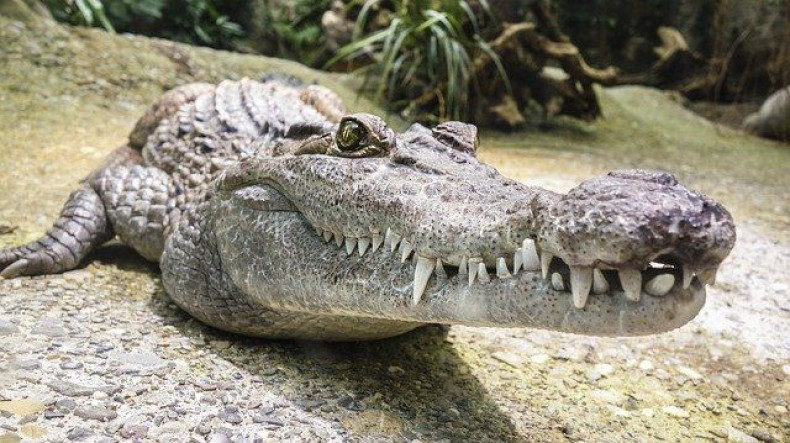Minnesota angler catches fresh water jellyfish on camera
A St. Cloud resident caught freshwater jellyfish on camera during a recent fishing trip Monday on Leech Lake near Walker, Minn.
To pass the time waiting for his friend to arrive, James Hofmann decided he’d cast a line out and see if he could spot anything.
“It was early morning, flat water, the sun was out, and I was shallow fishing,” Hofmann said. “I had polarized glasses and seeing if I could spot any fish, and I just noticed them, thinking ‘What am I looking at right now?’”
Hofmann, who runs JimmyOgraphy, a video production company in St. Cloud, decided he’d flip his iPhone upside down and catch some footage of whatever it was in the water.
Turns out, he spotted jellyfish.

The freshwater jellyfish is not native to Minnesota, in fact most researchers believe the species hail from the Yangtze River valley in China. But Minnesota DNR fisheries researcher John Hoxmeier told MPR News that “they don’t appear to have a negative impact on our lakes.”
“They’ve been in [Minnesota] for decades, but people typically don’t see them because they are only around for a few weeks and the lake has to be calm in order for you to see them,” Hoximeier said.
Gary Montz, a research scientist with the DNR’s ecological and water resources division, said they’re difficult to spot because they spend most of their lifecycle in a polyp stage, attached to things at the bottom of the lake.
“It's a really unremarkable non-descript stalk, maybe 4 to 5 mm long,” Montz said. “It just sits there. Throughout the season it might make new polyps, but it’s mostly just stuck to the bottom and feeds on tinier animals.”
Then when the conditions are right — Montz said it’s not clear what conditions, but most researchers think it might have to do with water temperature or food availability — they move to the “medusa stage” what we might spot in the lake.

In this medusa stage, they range from 5 to 25 mm in diameter or the equivalent of a quarter or smaller. While they have stingers on their tentacles, it’s only useful for catching zooplankton to eat, the stingers aren’t large enough to hurt people.
According to the U.S. Geological Survey, freshwater jellyfish can be found as far south as Florida and as far west as California.
Montz said that the DNR is aware of a couple dozen lakes in Minnesota where these jellyfish have been spotted, but’s very likely they’re more widespread than we currently know.
“You may see them one summer, and then you won’t see them again the next summer. Their appearance can be quite irregular,” Montz said. “If people aren’t there to spot the medusa stage, no one is going to notice the polyp stage at all.”
While they aren’t uncommon, Hofmann said he’s visited Leech Lake hundreds of times and has never spotted them before.
“Whenever I mention it, [other people] are just like ‘What are you talking about?’” he said, “until I pull up the video.”













